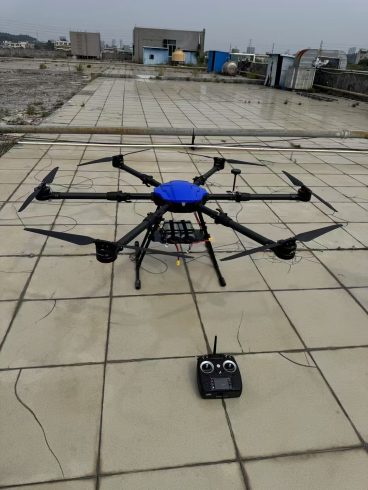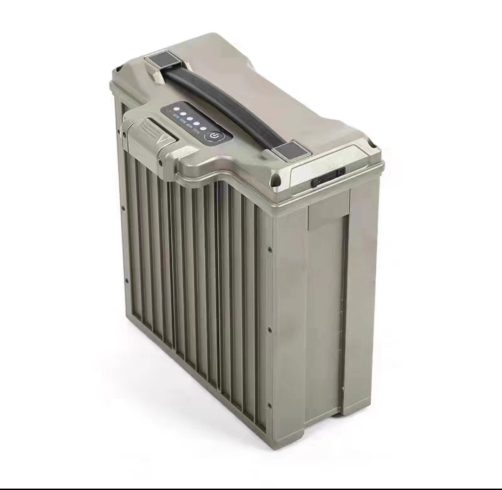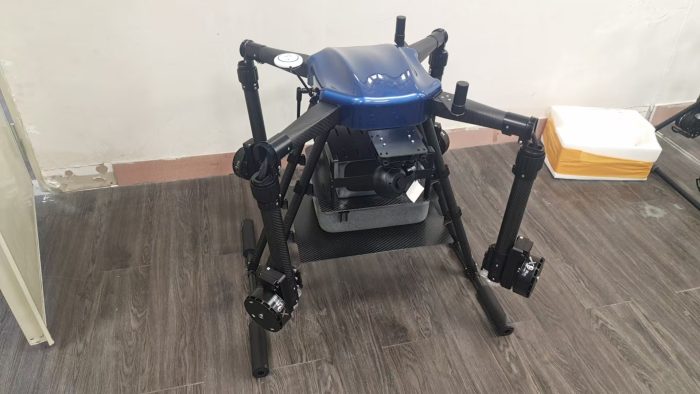![图片[1]-Drone Calibration for Accurate Spraying: Ensuring Precision in Every Drop-msoen](https://www.msoen.com/wp-content/uploads/2025/04/2caef68db4184641-768x1024.jpg)
Accurate spraying is the cornerstone of effective agricultural drone operations, directly impacting crop health, chemical efficiency, and environmental safety. However, even the most advanced spray drones can underperform if not properly calibrated. Drift, uneven coverage, or over-application often stem from misaligned sensors, unbalanced nozzles, or outdated software settings. This article explores the critical steps and best practices for calibrating spray drones to achieve pinpoint accuracy, reduce waste, and maximize ROI.
Why Calibration Matters for Spray Drones
Calibration ensures that all components of a spray drone work in harmony. Key benefits include:
- Consistent Droplet Distribution: Prevents under- or over-spraying, which wastes chemicals and harms crops.
- Reduced Drift: Properly aligned nozzles and sensors minimize off-target chemical movement.
- Extended Equipment Life: Regular calibration reduces wear on pumps, motors, and nozzles.
- Compliance: Meets regulatory standards for chemical application rates.
A study by the Journal of Precision Agriculture found that uncalibrated drones waste up to 35% more pesticides than calibrated ones, highlighting the economic and environmental stakes.
Essential Calibration Steps for Spray Drones
- Sensor Calibration
Drones rely on GPS, LiDAR, and multispectral sensors to navigate and map fields. Misaligned sensors lead to inaccurate flight paths or spraying zones.
- GPS/GNSS Calibration:
- Perform a “compass dance” (rotating the drone horizontally and vertically) to align with magnetic north.
- Update satellite data before each mission.
- LiDAR/Multispectral Calibration:
- Use calibration targets (e.g., reflective panels) to adjust sensor sensitivity to light and terrain.
- Nozzle and Spray System Calibration
- Flow Rate Test:
- Fill the tank with water and measure output per minute at different pump pressures.
- Adjust pump settings to match manufacturer-recommended flow rates (e.g., 1.5 L/min).
- Droplet Size Adjustment:
- Use a droplet analyzer or water-sensitive paper to check spray patterns.
- Fine-tune ultrasonic nozzles to produce uniform droplets (100–300 microns).
- Payload Balance Calibration
- Uneven weight distribution causes instability, especially when tanks are partially full.
- Test flight with water at varying tank levels (25%, 50%, 75%).
- Adjust the center of gravity using counterweights or software offsets.
- Altitude and Speed Calibration
- Optimal Altitude:
- Most spraying drones operate best at 2–4 meters above crops.
- Use terrain-following mode for sloped fields.
- Speed Adjustment:
- Higher speeds reduce droplet dwell time; balance efficiency with coverage.
- Example: A drone flying at 8 m/s may require larger droplets than one at 4 m/s.
- Software and Firmware Updates
- Calibrate spraying algorithms after software updates to ensure compatibility with new features.
- Reset autonomous flight paths if field boundaries or crop layouts change.
Tools for Effective Calibration
- Water-Sensitive Paper: Measures droplet density and distribution.
- Laser Distance Meters: Verify altitude accuracy.
- Portable Anemometers: Check wind speed during test sprays.
- Diagnostic Apps: Monitor pump pressure, battery load, and sensor health in real time.
Common Calibration Mistakes to Avoid
- Skipping Pre-Flight Checks: Even minor bumps during transport can misalign sensors.
- Ignoring Environmental Factors: Calibrate in conditions mirroring actual operations (e.g., wind, humidity).
- Overlooking Nozzle Wear: Replace nozzles every 50–100 hours of use to maintain consistency.
- Using Expired Chemicals: Test sprays with water only—chemical viscosity affects flow rates.
Case Study: Boosting Efficiency Through Calibration
A corn farm in Iowa reduced herbicide costs by 28% after adopting a strict calibration routine:
- Weekly GPS and LiDAR recalibration.
- Monthly nozzle flow rate tests.
- Seasonal software updates for variable rate spraying.
The result? Uniform coverage, zero drift incidents, and a 15% yield increase.
Future Trends in Drone Calibration
- Automated Calibration Systems: AI-driven tools that self-adjust sensors and nozzles mid-flight.
- Blockchain Logs: Tamper-proof records of calibration history for regulatory audits.
- Augmented Reality (AR) Guides: Overlay calibration steps via smart glasses for field technicians.
Best Practices for Long-Term Accuracy
- Create a Calibration Schedule:
- Daily: Quick sensor checks.
- Weekly: Nozzle and flow tests.
- Monthly: Full system diagnostics.
- Train Operators: Ensure pilots understand calibration protocols and troubleshooting.
- Document Everything: Track calibration dates, tool readings, and environmental conditions.
Conclusion
Drone calibration is not a one-time task but an ongoing commitment to precision agriculture. By meticulously aligning sensors, nozzles, and software, farmers can ensure every drop of pesticide, herbicide, or fertilizer reaches its target—saving costs, protecting ecosystems, and boosting yields. As drone technology evolves, integrating smarter calibration tools will further simplify this critical process, making accurate spraying accessible to farms of all sizes.
Keywords: drone calibration for accurate spraying, spray drone calibration steps, precision agriculture calibration, nozzle calibration for drones, drone sensor alignment












暂无评论内容